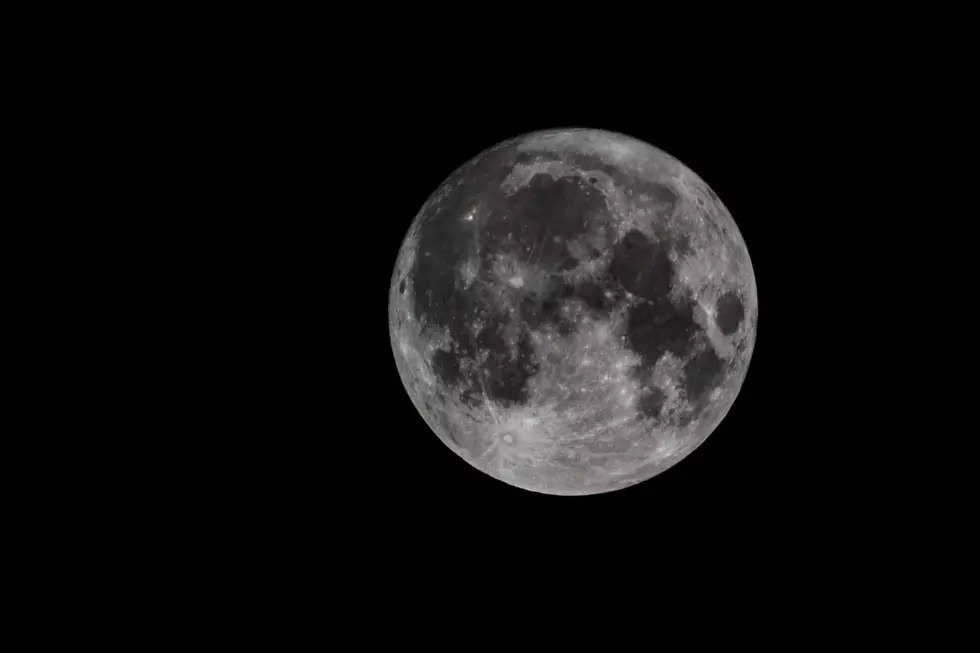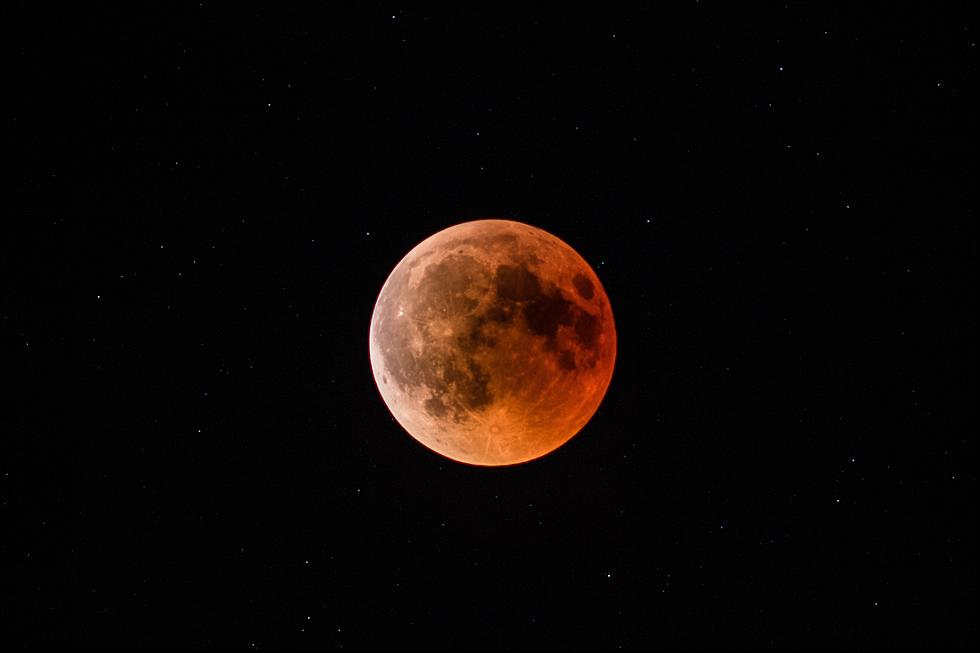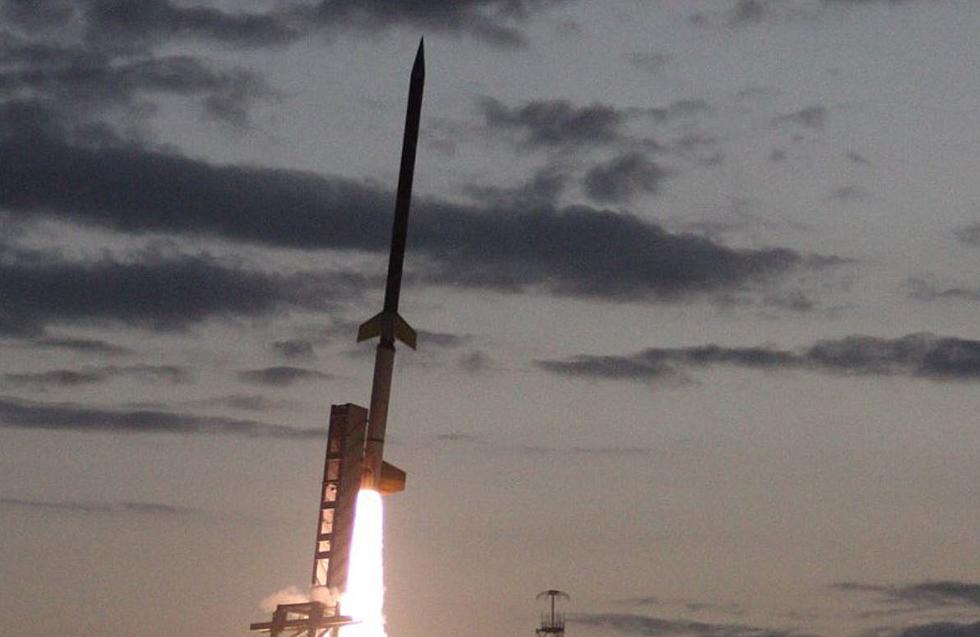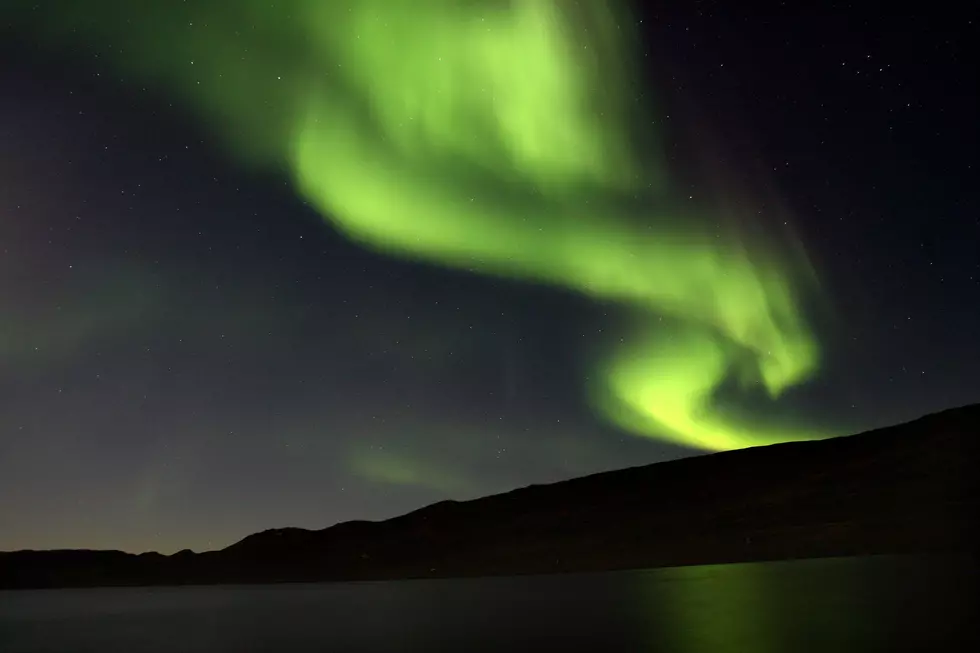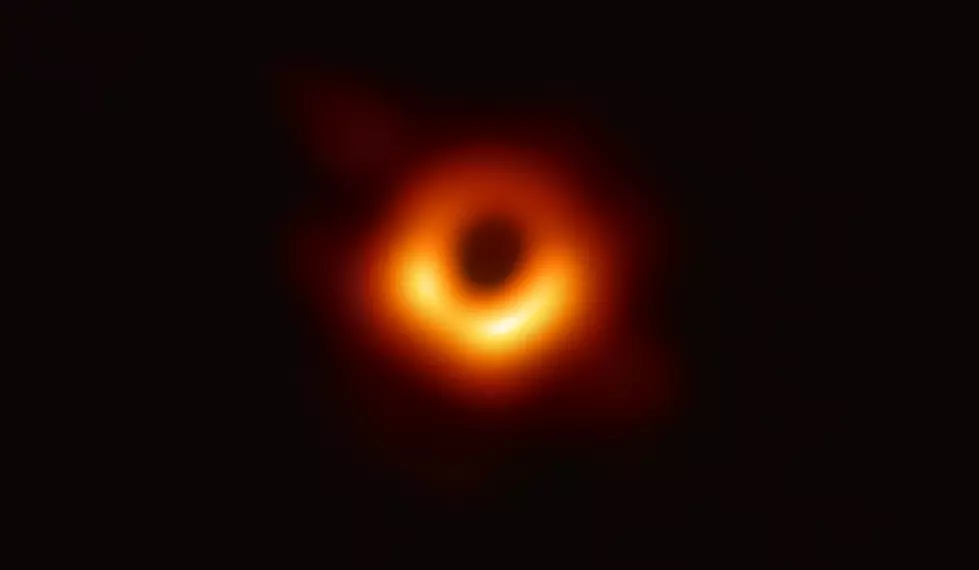
Astronomers Capture 1st Image of Milky Way’s Huge Black Hole
Astronomers Capture 1st Image of Milky Way's Huge Black Hole
By SETH BORENSTEIN AP Science Writer
Summary:
WASHINGTON (AP) — Astronomers have unveiled the first wild but fuzzy image of the supermassive black hole at the center of our own Milky Way galaxy. Nearly all galaxies, including our own, are believed to have these giant black holes at their center, where light and matter cannot escape, making it extremely hard to get images of them. The image released Thursday was made by eight synchronized radio telescopes around the world. This is not the first picture of a black hole. The same international group released the first one in 2019 from a distant galaxy.
Full Story:
WASHINGTON (AP) — The world got a look Thursday at the first wild but fuzzy image of the supermassive black hole at the center of our own Milky Way galaxy.
Astronomers believe nearly all galaxies, including our own, have these giant black holes at their center, where light and matter cannot escape, making it extremely hard to get images of them. Light gets chaotically bent and twisted around by gravity as it gets sucked into the abyss along with superheated gas and dust.
The colorized image unveiled Thursday is from the international consortium behind the Event Horizon Telescope, a collection of eight synchronized radio telescopes around the world. Previous efforts had found the black hole in the center of our galaxy too jumpy to get a good picture.
The University of Arizona's Feryal Ozel called the black hole "the gentle giant in the center of our galaxy" while announcing the new image.
The Milky Way black hole is called Sagittarius A(asterisk), near the border of Sagittarius and Scorpius constellations. It is 4 million times more massive than our sun.
This is not the first black hole image. The same group released the first one in 2019 and it was from a galaxy 53 million light-years away. The Milky Way black hole is much closer, about 27,000 light-years away. A light year is 5.9 trillion miles (9.5 trillion kilometers).
The project cost nearly $60 million with $28 million coming from the U.S. National Science Foundation.
___
Follow Seth Borenstein on Twitter at @borenbears .
___
The Associated Press Health and Science Department receives support from the Howard Hughes Medical Institute's Department of Science Education. The AP is solely responsible for all content.
Sculpture Space Artists Celebrate Earth Day 2022
Rupert Murdoch's Two NYC Condos On Sale For $78 Million
Sleep in Heavenly Peace Mega Build
More From WIBX 950

